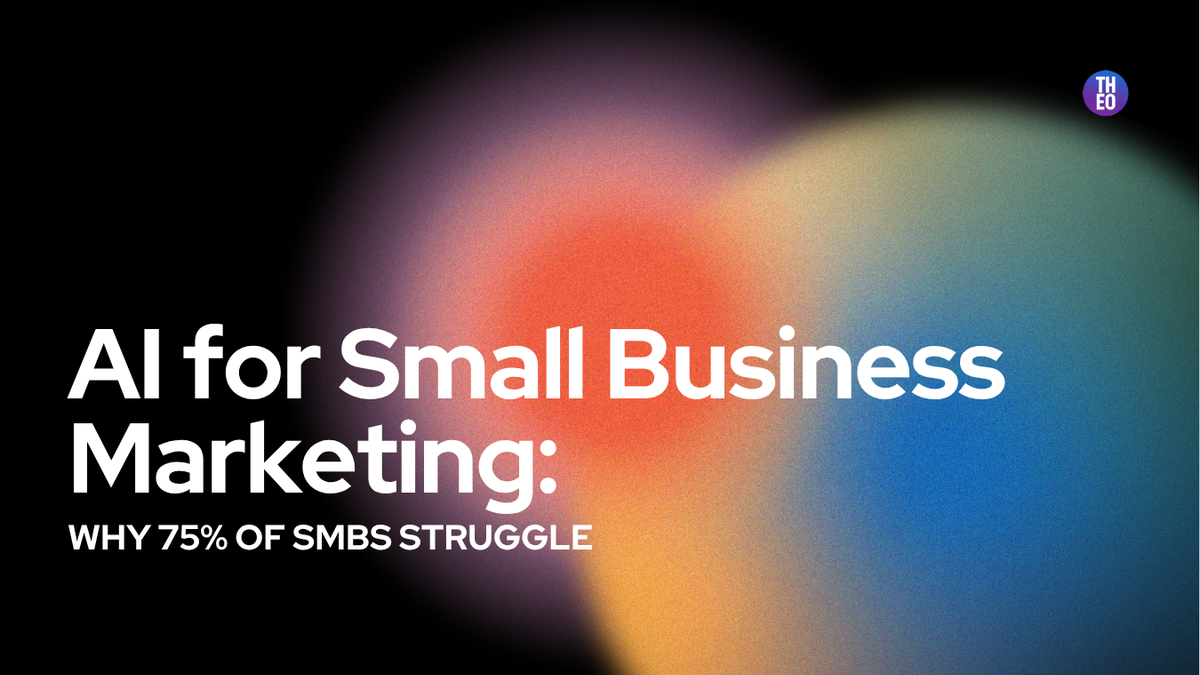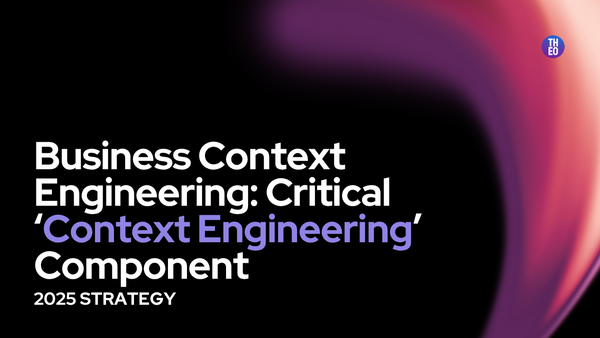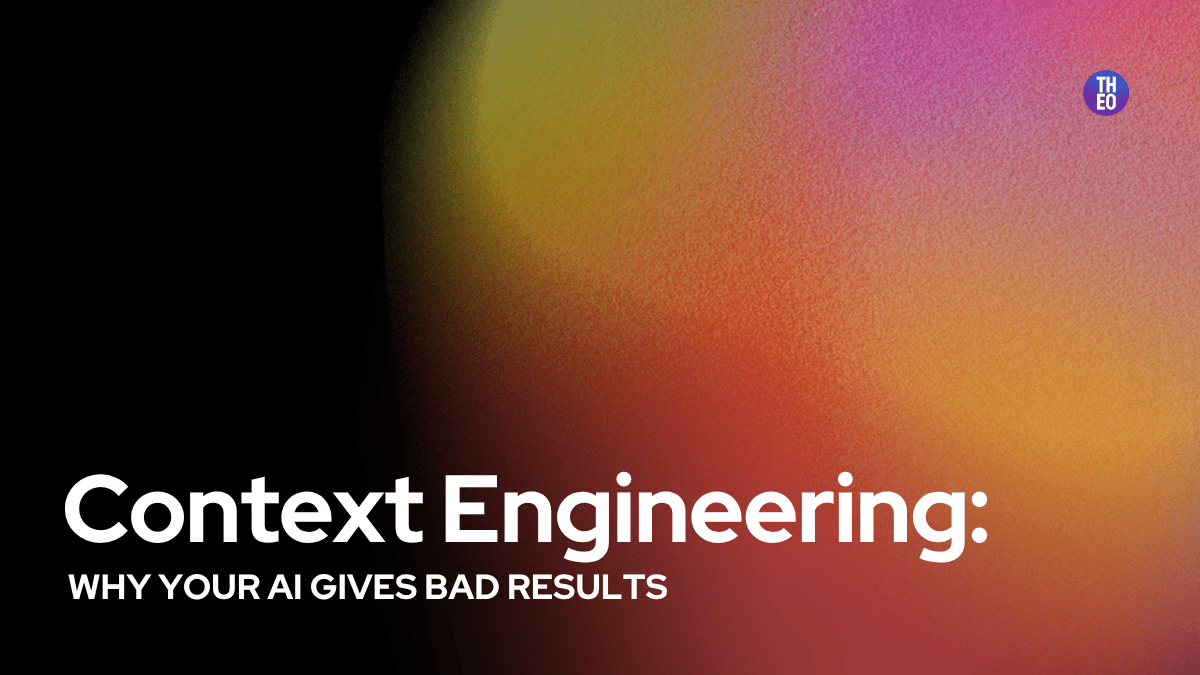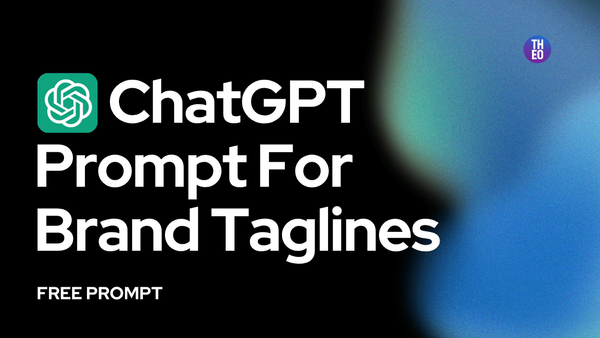AI for Small Business Marketing: Why 75% of SMBs Struggle (And How to Actually Succeed)

The Marketing AI Paradox: When Time-Saving Tools Create More Work
You've heard the promises. AI marketing tools will save you hours every week. They'll create content in seconds. They'll analyze data faster than any human. They'll revolutionize your small business marketing.
So why are you spending more time on marketing now than before you adopted AI?
If you're like most small business marketers, you've experienced the frustrating reality: the very tools meant to save you time are creating entirely new categories of work. You're caught in what I call the "AI productivity death spiral" – where each AI-generated output requires so many revisions and corrections that you wonder if you should have just created it yourself.
You're not alone. According to recent research, 75% of small businesses struggle to effectively implement AI in their marketing efforts, with the majority reporting that they spend 10+ hours weekly just trying to get AI to understand their business context.
The 5 Critical AI Marketing Challenges Small Businesses Face
1. The Generic Output Problem
The most immediate frustration for small business marketers is painfully generic AI outputs. Your business isn't generic – you have specific products, services, audiences, and a unique brand voice. Yet your AI tools keep producing content that could apply to virtually any business in your industry.
The result? You're spending 10-15 iterations per piece trying to get your AI assistant to understand your specific business context, target audience, and voice.
"I spend more time explaining our business positioning to ChatGPT than I do actually marketing our business," shared one frustrated small business marketer in a recent survey.
2. The Context Switching Nightmare
Small business marketers rarely have the luxury of focusing on one marketing function. In a typical day, you might:
- Create social media content for three different audiences
- Draft an email campaign for a product launch
- Update website copy for a new service
- Respond to a PR opportunity
- Create a sales presentation for a specific prospect
Each switch requires completely re-explaining your business context to your AI assistant. With 20+ context switches per day, overwhelmed marketers report spending 12+ hours weekly just on repetitive explanations to AI tools.
3. The Multi-Product Mixing Problem
If your small business offers multiple products or services, you've likely experienced the frustration of AI tools mixing them up. You ask for content about your premium service, but the AI includes features from your entry-level product. You request messaging for your B2B audience, but get language more appropriate for consumers.
Without proper context management, AI tools struggle to maintain clean separation between different product lines, audience segments, and messaging approaches – creating inconsistent, confusing marketing materials.
4. The Business Knowledge Gap
AI tools lack the deep business understanding that human marketers have. They don't know:
- Your competitive differentiation
- Your customer success stories
- Your industry terminology
- Your unique selling propositions
- Your brand voice nuances
Each of these knowledge gaps requires extensive prompting, training, and correction – creating massive overhead that negates the efficiency gains AI promises.
5. The Skill Set Divide
Many small business marketers find themselves caught between two problematic extremes:
- Technical AI experts who understand prompt engineering but don't grasp marketing fundamentals
- Marketing veterans who understand strategy but struggle with AI implementation
This skill gap creates friction, inefficiency, and frustration as teams try to bridge the divide while keeping up with daily marketing demands.
Are You Caught in the AI Productivity Death Spiral?
The AI productivity death spiral happens when:
- You adopt AI tools to save time
- Generic outputs require extensive editing
- You spend more time explaining context than creating
- AI loses focus in extended conversations
- You switch to a new conversation/tool
- You must completely rebuild context
- Repeat indefinitely
The most frustrating part? This cycle affects every marketing function – from content creation to campaign planning, social media to email marketing, sales enablement to analytics.
The Real Problem: Context Management Overhead
The fundamental challenge isn't with AI technology itself – it's with the way business information is organized and fed into AI systems. Without systematic context organization, small business marketers face an impossible choice:
- Spend hours weekly on repetitive context management
- Accept generic, inaccurate outputs that misrepresent your business
- Abandon AI tools altogether and miss the competitive advantages they offer
The key insight? The quality of AI outputs directly corresponds to the quality of your business context organization. Scattered information creates scattered results.
Why Traditional Approaches Fall Short
Small businesses typically try three approaches to solve these problems:
- Better Prompting: Creating longer, more detailed prompts
- Problem: Becomes unmanageable across multiple conversations and tools
- Custom AI Training: Building custom models with company data
- Problem: Expensive, technical, and requires constant updating
- Internal Knowledge Bases: Creating company wikis and documentation
- Problem: Not formatted for AI consumption, requires manual reference
None of these approaches solve the fundamental issue: the need for systematically organized business context that works across all AI platforms without constant rebuilding.
Beyond the Problem: A Path Forward
That's why we created THEO – to solve the business context challenge that's preventing small businesses from realizing the true potential of AI marketing. Our approach transforms scattered business information into systematic, AI-ready intelligence that enables consistent, business-aware outputs across any AI assistant.
With THEO, you can:
- Transform scattered business documents into an AI-ready knowledge base in 2 minutes
- Eliminate 12+ hours weekly spent on repetitive explanations
- Reduce content iteration cycles by 5-10x
- Maintain clean separation between different products and audiences
- Enable sophisticated multi-product marketing that was previously impossible
Small businesses using THEO report dramatic productivity improvements – not because they're using different AI tools, but because they're feeding those tools systematically organized business context that eliminates the need for constant re-explanation.
The difference is clear: when your AI truly understands your business, every marketing function becomes dramatically more efficient.
💡 Wait, what if this sprint process was just the tip of the iceberg? What if you could skip all manual work and get an AI that automatically captures your complete business DNA, then creates system instructions so sophisticated your assistant becomes 10x more strategically intelligent - with just a 2-minute setup?
See how → or get weekly AI marketing tips that actually work for small businesses.





